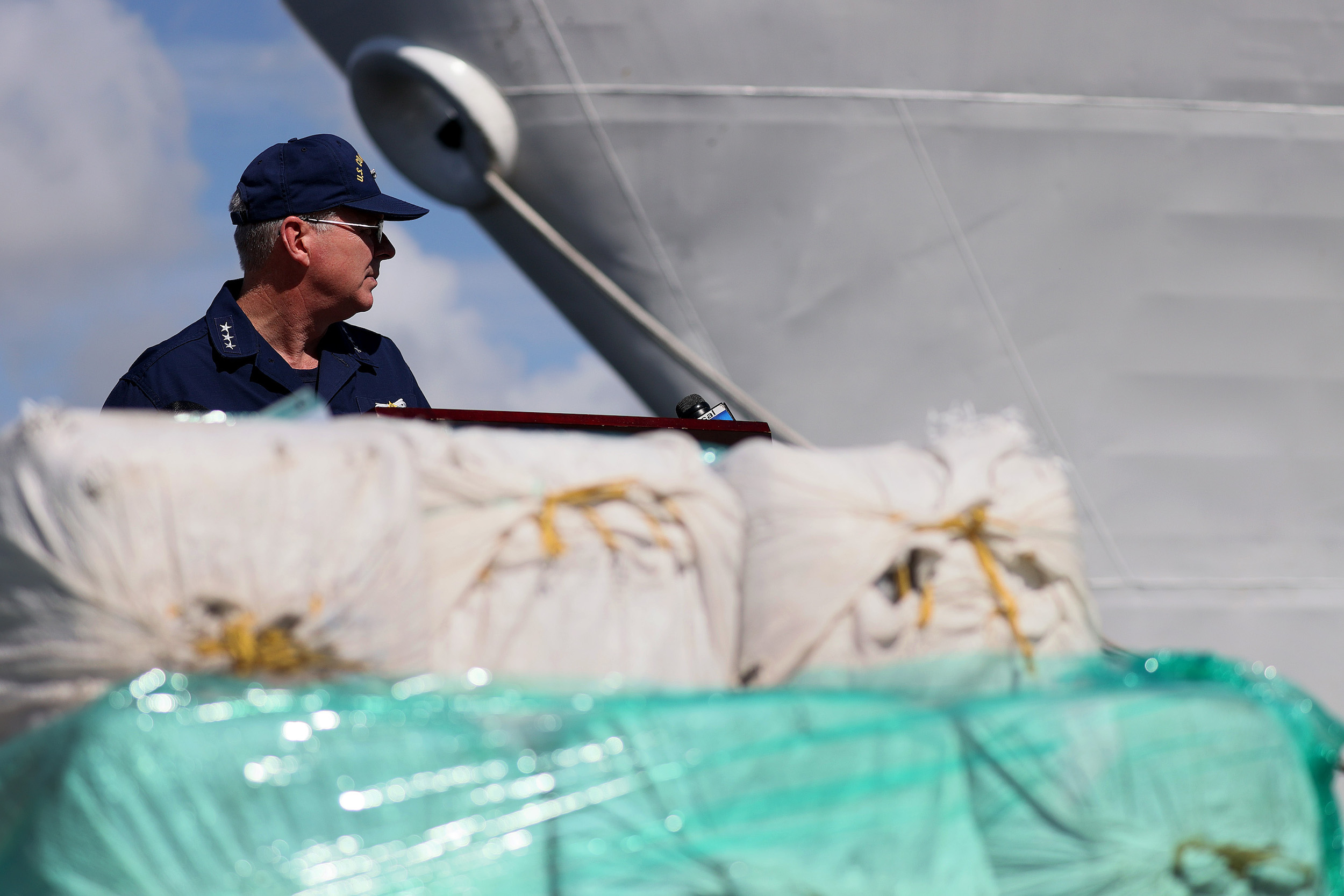President Donald Trump has dominated the headlines since winning the presidential election in November. The far Left and its media allies are clutching their pearls as he delivers on exactly the promises he campaigned on: securing the southern border, deporting illegal immigrants, and eliminating fentanyl from the United States. Mexico, Canada, and China have long been complicit in the crises at our borders. Fentanyl has flooded our communities from across our borders and become a leading cause of death for young people in the United States. These tragedies could have been avoided if Joe Biden had secured our borders. Now with President Trump back in the Oval Office, the war on fentanyl has begun and those who enabled it will be held accountable.
By deciding to implement tariffs on Mexican, Canadian, and Chinese imports, President Trump is sending a message to the world: The United States will not be taken advantage of, and actions have consequences. These tariffs were introduced as a direct result of the flood of fentanyl into the United States. The Trump administration has made clear that this is not a trade war, but a drug war. President Trump’s priority is to keep Americans safe, which means strong borders and eliminating fentanyl are non-negotiable.
As a member of the Ways and Means Trade Subcommittee, I believe these tariffs are a powerful tool to finish the war on drugs, end illegal immigration, and put America first on trade while also generating billions of dollars in revenue. Americans want to partner with nations that are treating us fairly, but many do not want to buy goods from countries that undermine us.
To say there is a crisis at our southern border would be an understatement. U.S. Customs and Border Patrol (CBP) had more than 10 million encounters with unauthorized immigrants under the Biden administration. That is larger than the population of New York City. The Daily Signal reported that in 2024, criminal illegal immigrants took the lives of 13 Americans, seven of whom were children. If it weren’t for our horrendous open border policies, these Americans would still be alive today.
Joe Raedle/Getty Images
Due to the large amounts of fentanyl pouring in through our borders, families have tragically lost children and loved ones. This often occurs from exposure to or accidental use of this fatal drug if it’s mixed in with other narcotics. In 2024, CBP seized 21,889 pounds of fentanyl coming across our borders from Mexico and Canada. Mexican drug cartels use chemicals from China to make these synthetic opioids and profit off the death of thousands of innocent Americans. If Mexico and Canada had done more to stop the fentanyl from entering the United States, they would not be facing the tariffs they are now.
This issue is personal to me. The drug war has sadly devastated my home state of West Virginia. Fentanyl has caused more deaths per capita there than in any other state. I have witnessed the struggles that West Virginians face regarding drug usage and the impact that the opioid crisis has had on our towns. In 2021, there were 1,253 opioid deaths in West Virginia and 76 percent of all drug overdose deaths were related to fentanyl. These statistics are proof that we cannot continue to sit idly by and allow these deadly drugs to flow into our country.
President Trump is a businessman and a brilliant negotiator, and he is focused on keeping Americans safe. He has the best interests of our country at heart and will do what is right to keep strong trade relations while holding these three countries accountable for having contributed to the influx of illegal immigrants and drugs pouring into the United States. These tariffs are a necessary step at this time to ensure that our nation is secure, and the American people are protected. The President is working hard to finish what he started during his first term, and under his strong leadership our nation will be safe and respected once again.
Carol D. Miller represents West Virginia’s First District in the U.S. House of Representatives.
The views expressed in this article are the writer’s own.















